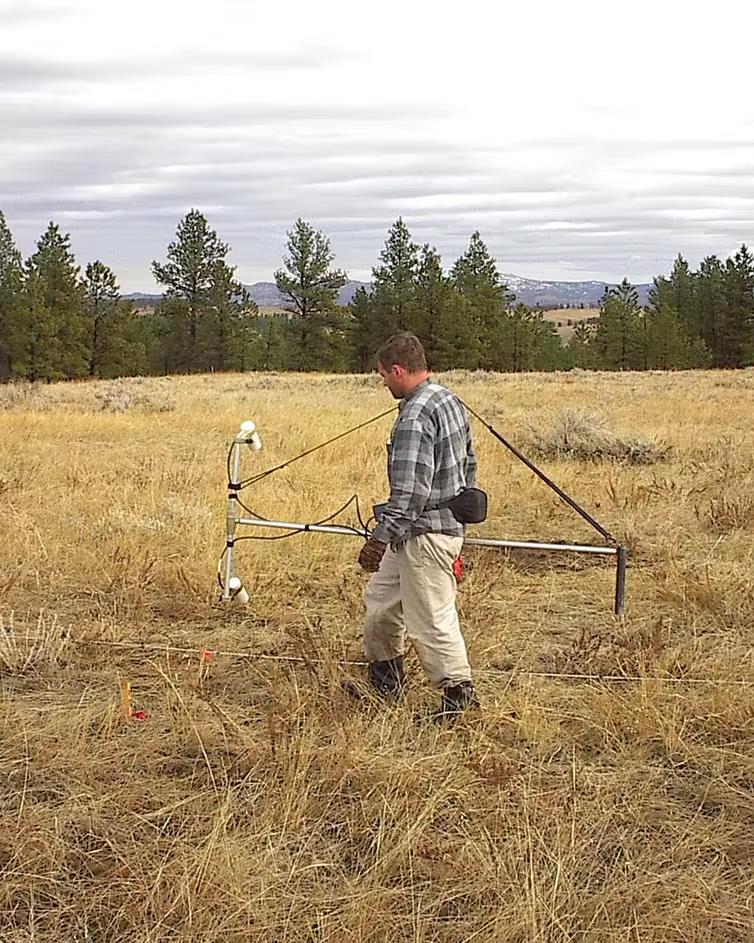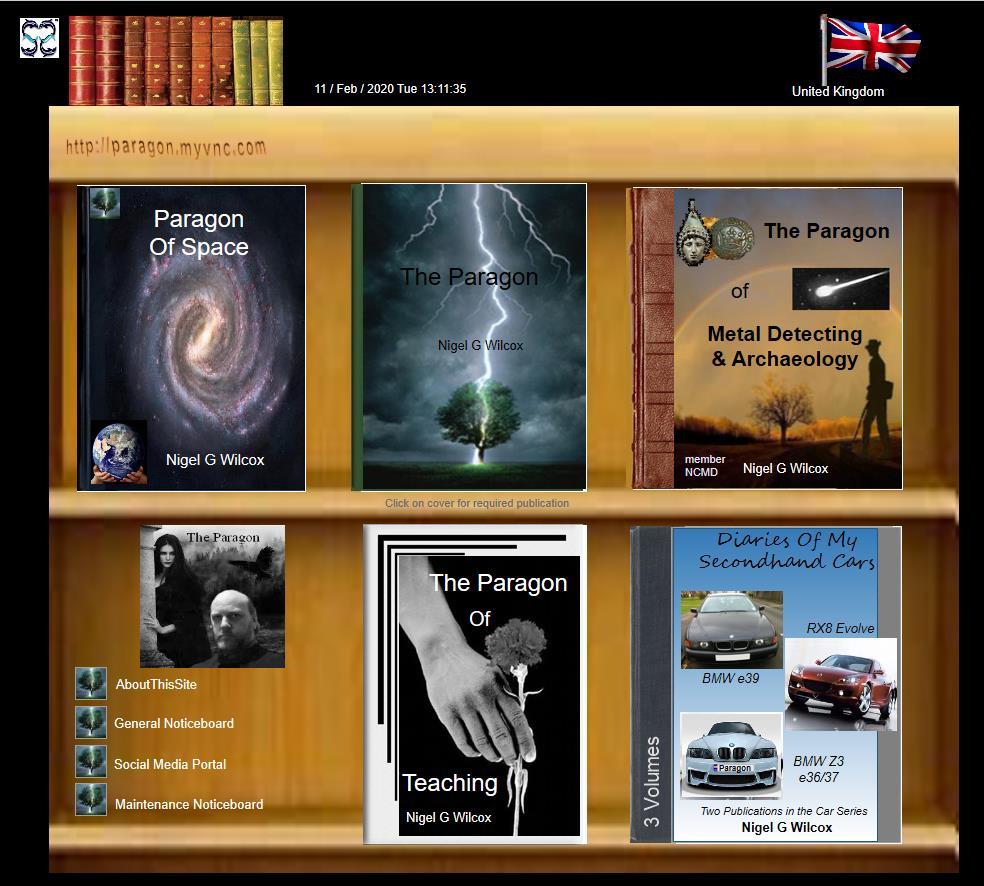
Refresher for the Beginner and Professional
West Midlands
Complimentary Topics:
Insurance Cover
Law Menu
Pages




Everything For The Metal Detectorist - Technology

The Paragon Of Metal Detecting
Powered By Sispro1
Copyright All Rights Reserved by Nigel G Wilcox E-Mail: ngwilcox100@gmail.com
Designed by Nigel G Wilcox
Member NCMD
Metal Detectorists - Technology Used Revolutionising Archaeology
Six tools that are revolutionising archaeology by helping us find sites without digging
5. Soil Geochemistry
4. Shallow Geophysics
6. Ground Penetrating Radar
Using Technology to Make Finds
Geophysical techniques can help locate targets to investigate. Soil resitivity for example is a measure of how much the soil resists the flow of electricity. It can uncover differences in soil moisture to reveal buried structures and can reliably range up to around 1.5 metres in depth. However it is slow, as probes have to be inserted into the ground at regular intervals, but it can produce highly detailed results. Magnetometery measures the intensity of the earth’s magnetic field. This can reflect the pattern of archaeological features created through either burning, or by soil bacteria that can leave magnetic traces in the soil. It is a fast technique, and has proven especially good for desert sites, such as in ancient Egypt. Recently, sensitive magnetometers with multiple sensors, mounted on a cart and linked to GPS, are capable of surveying many hectares in real-time a day and revealing entire landscapes, such as those around Stonehenge.

Magnetic survey. Tapatio/wikimedia, CC BY-SA
Traces of faeces from both humans and animals around ancient settlements can stay in the soil for millennia. It has long been known that by recording patterns of heavy metals in the soil, it may be possible to locate these ancient sites. This is especially important if there are little or no artefacts left behind. One way to carry out such measurements is by collecting samples and analysing them in the lab. But in the last few years, portable X-ray fluorescence spectroscopy measurers (pXRF) have become available, enabling rapid in-the-field recording of samples. They work by emitting X-rays that the atoms of the sample absorb. This boosts the energy of the atoms, which in response emit secondary x-rays at a unique energy that reveals the elements the sample is made of.

When ground penetrating radar, which uses radar pulses to image the ground, was first applied to archaeology in the early 1980s, it was believed to be the answer to many problems in archaeology. But while the technology gradually improved, archaeologists were not impressed. The early use of such radar produced sections through the deposits. However, there were endless cases of false positives. Recently, software has come to the rescue of the technology, by allowing three-dimensional modelling, making visualisation much more reliable. One advantage of ground penetrating radar is that it works in confined spaces and through hard surfaces. But interpreting the results remains a problem. Be very sceptical of hidden Egyptian tombs and Nazi trains.
Ground penetrating radar survey of an archaeological site in Jordan. Archaeo-Physics LLC/wikimedia
Courtesy: The Conversation - Mark Horton, Volker Heyd University Bristol




















